How to keep a four-cylinder Valtra N-series running at its best
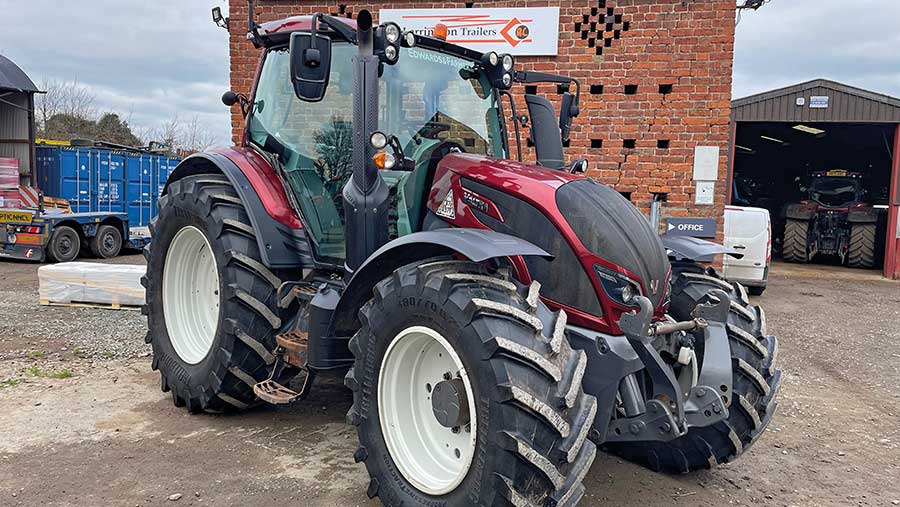 © James Andrews
© James Andrews Valtra has long been a proponent of the pokey four-pot engine, but the introduction of its N174 in 2015 pushed the concept to new levels.
Serving up 165hp from its 4.9-litre Sisu/Agco engine, and a mighty 185hp with boost, this neat little tractor promised performance to rival a sizeable six-cylinder.
See also: Tips for maintaining a JCB Fastrac 2170
But it wasn’t all about the engine and power output. The launch of the N4-series in 2015 dragged the firm’s rather dated offering firmly into the modern age, with a smart new cab that was as good, if not better, than those offered by its competitors.
Almost a decade later, these tractors are now attractive second-hand propositions for those wanting a handy all-rounder that’s as happy humping a loader around as it is dragging a plough or cultivator.
The N174 might be the headline grabber, but also fitted with the 4.9-litre block are the popular 155hp N154 (as featured in this article) and the 135hp N134, both of which offer a 10hp boost for pto and transport work.
The N154 has the benefit of Eco Power, which gives full power at a lower engine rpm to improve fuel economy.
On the whole, N4s are dependable workhorses but, like all machines, there are things that go wrong, particularly if there’s an animal on the seat.
To find out how to pick a good example and keep it running at its best, we enlisted the help of Andy Rowbottom, service manager at family-owned Shropshire Valtra dealer Edwards and Farmer.
The tractor he’s talking us through is a tidy 2018 N154 with Direct transmission that’s clocked just over 6,000 hours.
This is one of the earliest of these tractors to have a control system update, which saw the old TT display carried over from the N3 models replaced with a much larger and easier-to-use touchscreen.
The upgrade also brought in a neat multi-function joystick to replace the thumb-shaped lever found on first-generation tractors.
Most of the pointers in this article also apply to the three smaller N4-series tractors – N104, N114 and N124 – which are fitted with a lower-displacement 4.4-litre engine and only have the option of a HiTech transmission.
Which model?
Valtra’s N134, N154 and N174 could be purchased in any of the firm’s four spec levels – HiTech, Active, Versu and Direct.
Each is popular for different reasons, with the entry-level HiTechs catering for the stockman end of the market, the Actives covering the middle ground and the Versus and Directs going to those that want more refinement. However, the Actives are probably the most sought after.
As for transmissions, HiTechs have a simple semi-powershift (four ranges with five steps) that shares its oil with the backend.
Actives and Versus have the same gear arrangement, but they’re packaged in a more sophisticated unit with split oils, and have load-sensing hydraulics.
These two tractors are mechanically very similar, but the former has manual spools and minimal in-cab technology, while the Versu has fly-by-wire hydraulics and a touchscreen display.
Direct models are the top-spec option, fitted with Valtra’s hybrid variable transmission that has four mechanical ranges combined with a hydrostat.
It works like an electrically shifted semi-powershift, but instead of the powershift steps there are infinitely variable speeds within each range.
Updated controls
In the case of the Direct and Versu tractors, there’s more demand for Smart Touch versions that came out in 2018, as they have the newer control layout and larger touchscreen display.
These were built until 2021, when the N4 series was replaced by the N5. This update saw another cabin revamp that included a large A-pillar screen in place of a traditional dashboard and an updated shuttle lever.
Power also went up to a maximum of 201hp with boost.
Below, we’ve listed some guideline prices for N4 tractors. The lower figures are for rough high-hour examples and the higher ones for tidy machines that have done modest amounts of work.
These tractors are now of sufficient age that early tractors can be on 10,000 hours or more.
Roughly half of the tractors going through Edwards and Farmer are fitted with a front-end loader, which bumps values up by £6,000 to £8,000, depending on the spec.
Autosteer and guidance are other desirable options for some buying higher-spec models, particularly as they didn’t automatically come autosteer ready from the factory.
Guide prices
- N134 HiTech £28,000 to £50,000
- N134 Active £30,000 to £80,000
- N134 Versu £35,000 to £80,000
- N134 Direct £35,000 to £85,000
- N154 HiTech £28,000 to £50,000
- N154 Active £30,000 to £80,000
- N154 Versu £38,000 to £85,000
- N154 Direct £38,000 to £85,000
- N174 HiTech £28,000 to £60,000
- N174 Active £30,000 to £80,000
- N174 Versu £38,000 to £85,000
- N174 Direct £38,000 to £87,000
Water pump
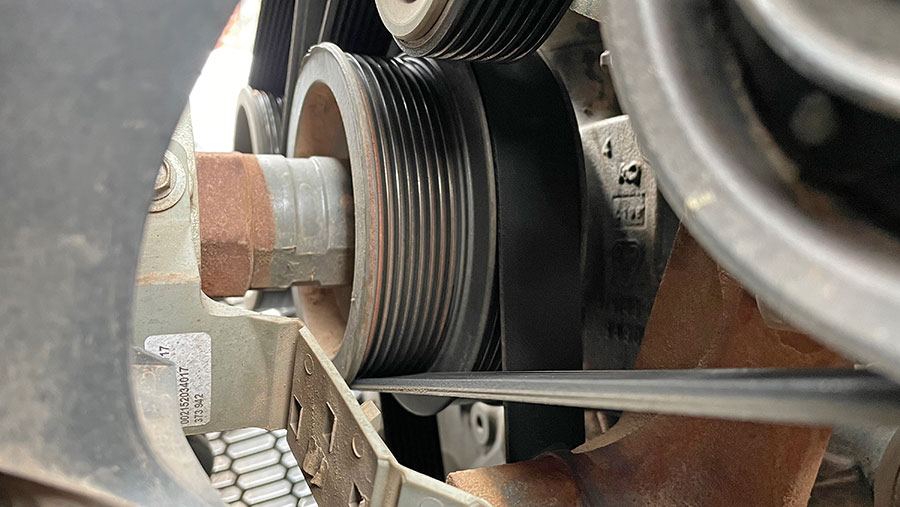
© James Andrews
The water pump inner bearing is one of the more common parts to fail on an N4, and it’s usually easy to spot as the fan will drop slightly so that it catches on the guard.
Leaks are rare, unless it’s run for long periods with a failed bearing, and replacement is straightforward, costing about £750 for the part plus labour charges.
Bearings also go on the idler pulleys, and they’ll let you know with an irritating squeak. Again, these are simple to replace, with the part costing around £120.
Engine balancer unit
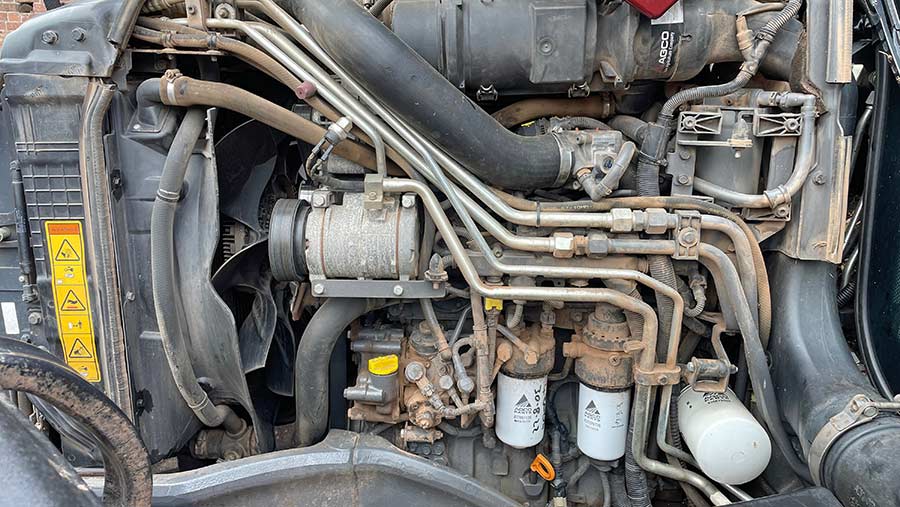
© James Andrews
Sisu engines – or Agco Power as they are known these days – are tough and rarely give problems. However, four-cylinder versions are fitted with a balancer unit that can seize if the engine is severely over-revved.
This sits at the base of the engine and has a shaft with oval gears at either side that counteracts the forces of the pistons to keep it running smoothly.
It spins at twice the speed of the crank and the gears can jam solid and stop the engine if it’s forced to spin too fast.
Sensible drivers shouldn’t need to worry about this, but those that let the tractor rev off the gauge – with a heavy trailer pushing it down a hill for example – could soon find themselves pulled over with their head in their hands.
It doesn’t cause any damage to the rest of the engine, but the balancer unit will need to be replaced. It’s a three-to-four-day job that involves splitting the tractor and lifting the engine off the chassis.
The unit itself costs about £650, but labour charges bump this up considerably.
Clutch limit switch
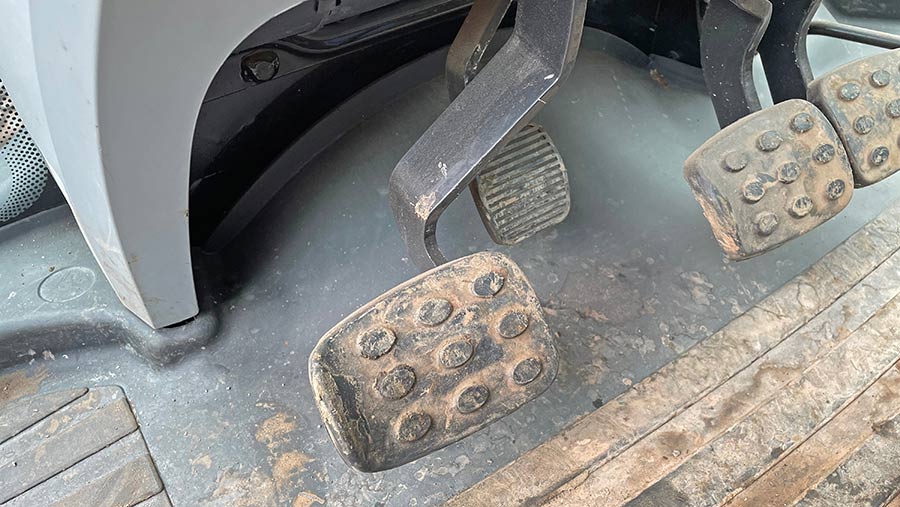
© James Andrews
The limit switch at the top of the clutch pedal assembly can fail, meaning the tractor won’t start or won’t engage drive. Thankfully it’s a simple fix and the part costs about £30.
Seat canbus wiring loom
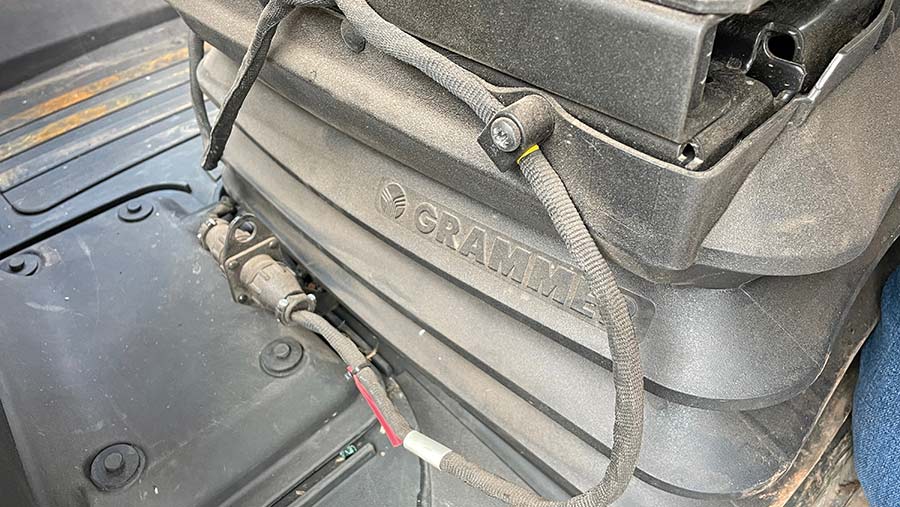
© James Andrews
Electrics are pretty solid on the N4s, but the canbus wiring loom that runs from the floor up to the seat-mounted armrest can give trouble.
It constantly flexes as the seat bounces up and down, which eventually damages the wires and throws up a series of random error codes. Replacements are around the £150 mark and they are easy to fit.
Front gearbox seals
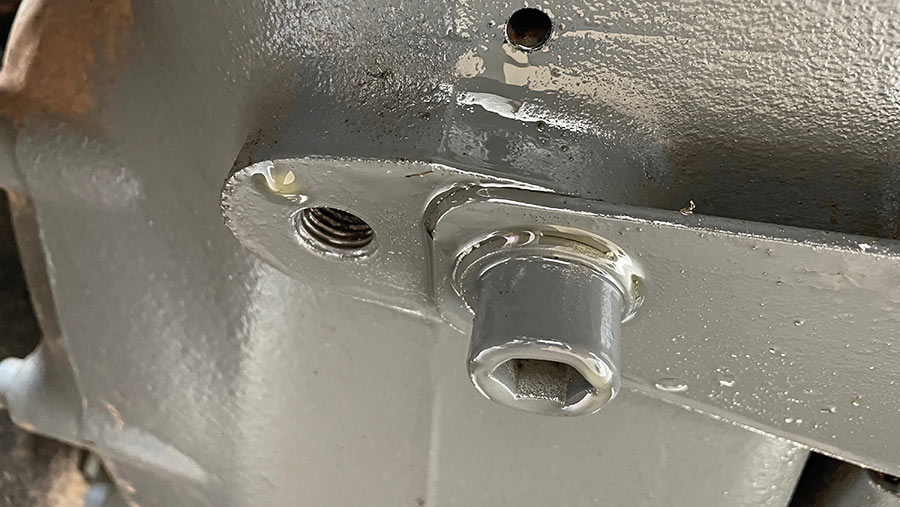
© James Andrews
Another biggie is the front gearbox seal, which can fail on any of the transmission types. On a HiTech, you can see the seal and any failures will result in a puddle of oil under the tractor when it’s parked.
On all the others, the seal is hidden, so the only tell-tale sign is a weep of oil coming out of a hole on the bell housing, which normally has a split pin in it.
The pictured example has a sufficient weep to show that there is a problem, and this is something to look out for if buying one of these tractors second hand.
The seal itself is cheap, but replacing it is a three-to-four-day job as it involves splitting the tractor.
Other than this, transmissions almost never give problems on N-series tractors as they are over-engineered for the power and torque output.
Turnable fender swivels
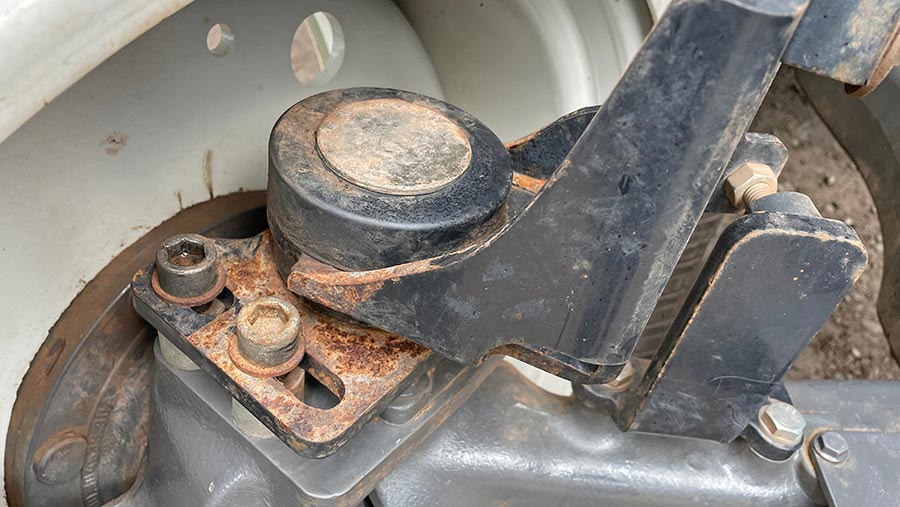
© James Andrews
The internals of the fender swivels aren’t the best and, when they fail, the fenders will often get stuck at a jaunty angle.
It’s wise to replace the assembly as soon as possible, before the tyre catches the plastic and trashes the whole fender. Repair kits cost about £50 and they’re easy to fit.
Gearbox circlip failure
When the N4 series first came out there was a weak circlip on the C and D range shaft in the gearbox that would break and cause it to lose drive.
This was later replaced with a thicker version that doesn’t give trouble. It was a big job that involved splitting the tractor, but it shouldn’t now be a concern as almost all models were upgraded at the time.
Brake wing grease nipple
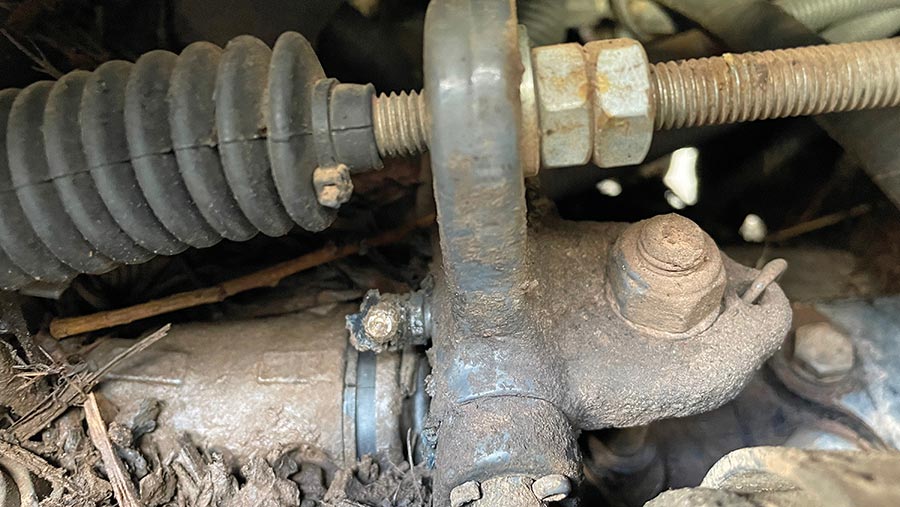
Brakes aren’t one of the N4’s strong suits, as they lack feel and need to be stepped on harder than most to get the tractor to come to a standstill.
However, they rarely give trouble and the fact there are five friction plates per side means they will do many thousands of hours before they need replacing.
There is one important maintenance job, which is to keep the two brake wings at the backend well-greased.
If the pivots are allowed to run dry, they can stick, causing the brakes to jam on. They then need to be disassembled and freed up.
Cab fan speed resistor
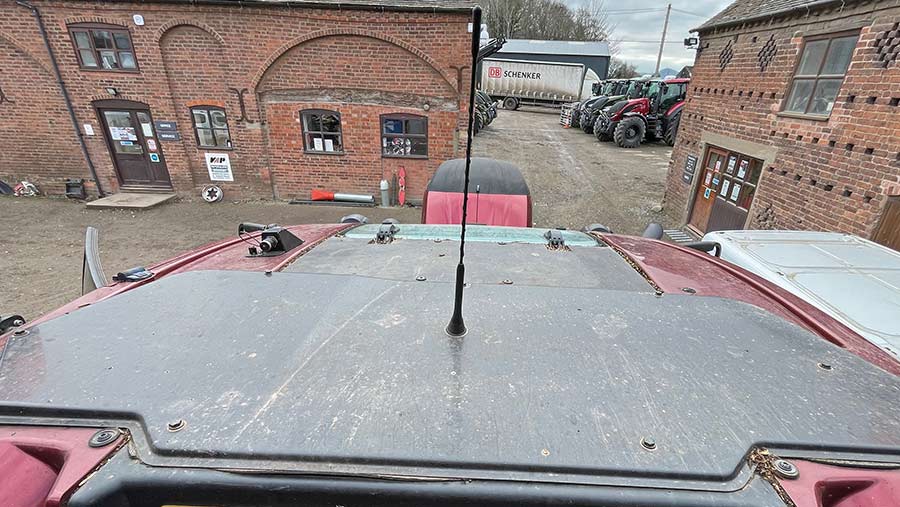
© James Andrews
If the cab fans stop working on all but the top speed setting, the resistor will have packed up. Replacements cost about £90 and they can be accessed by removing the rear panel on the top of the cab roof.
HiTech hydraulic pump
Simpler HiTech tractors have either 73-litre/min or 90-litre/min hydraulic pumps to run all functions on the tractor, and these can fail.
Tractors fitted with a loader are usually the first to go as the hydraulics are worked that much harder. The first sign that it’s on the way out is that the steering starts to go stiff.
The pump is accessed by removing the backend access panel and it takes about a day to do, costing about £950 plus labour charges. Replacements are better-quality and should have a much longer lifespan.
Active, Versu and Direct tractors don’t have this problem as there are two pumps to share the workload.
Oils
For those carrying out their own maintenance it’s important to make sure the correct grade oils are used.
Thankfully, it’s relatively straightforward as the tractors only run three types: 15/40 CR4 goes in the engine, the front axle takes XEP 80/90 and both the transmission and backend run on XT60.
Rear linkage potentiometer
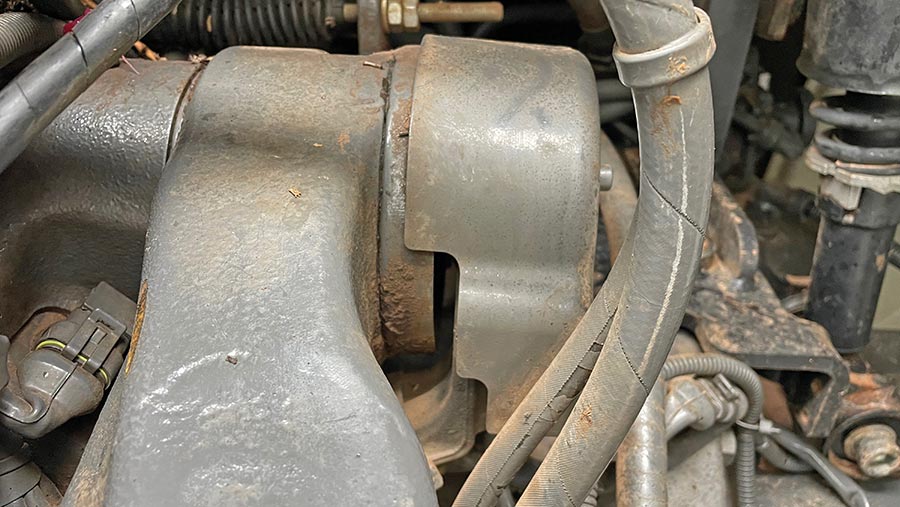
© James Andrews
The rear linkage is a tough unit on an N4 and it has a generous 7.8t lift capacity for its size. Problems are rare, but the potentiometer can go on the blink, causing the controller to lose track of its position.
From the operator’s point of view, this means the arms probably won’t raise or lower to their set position properly.
The unit is housed under a cover on the right side of the link arm top shaft and replacements cost about £200, plus labour.

